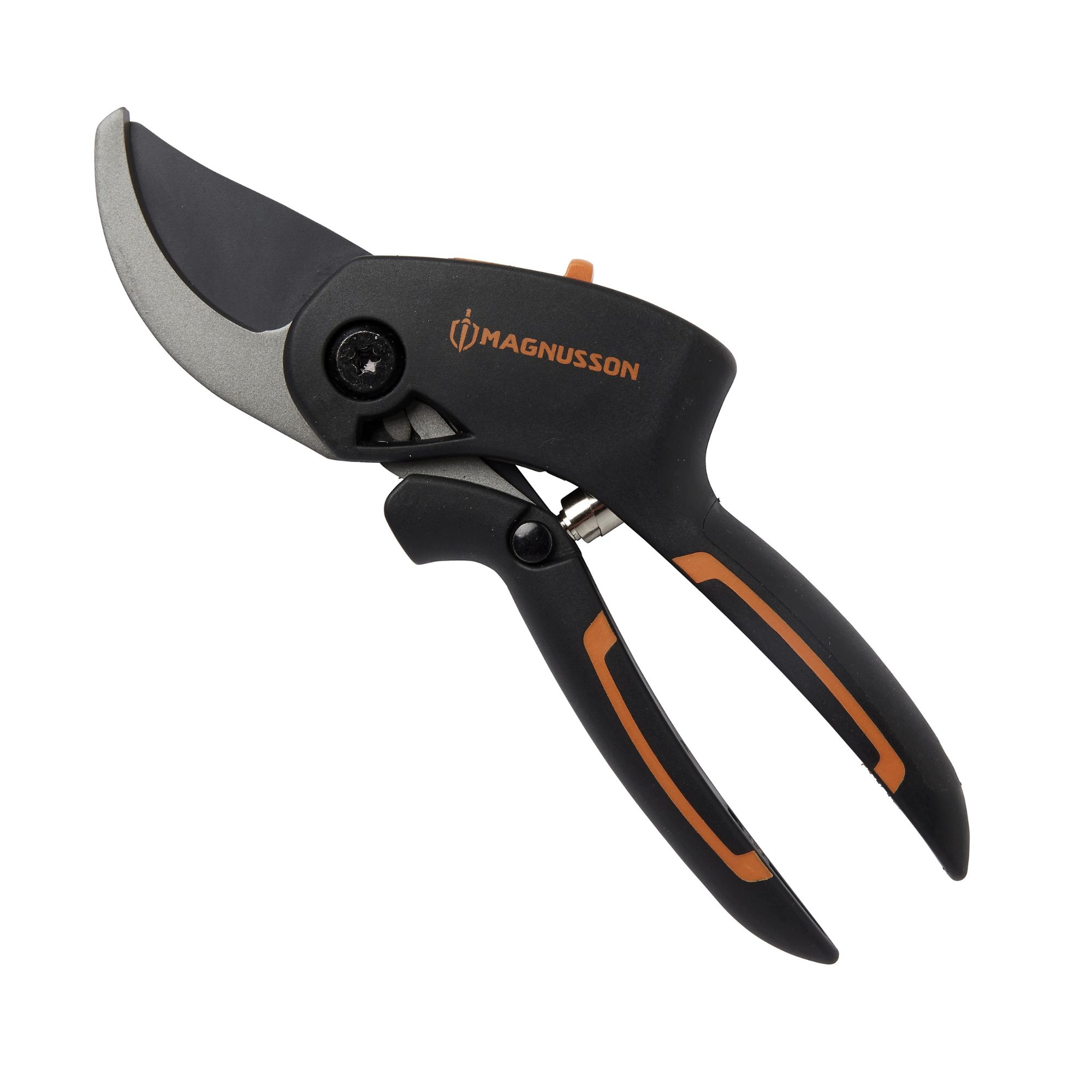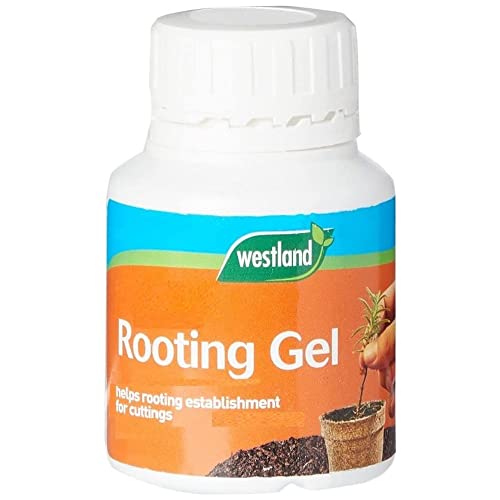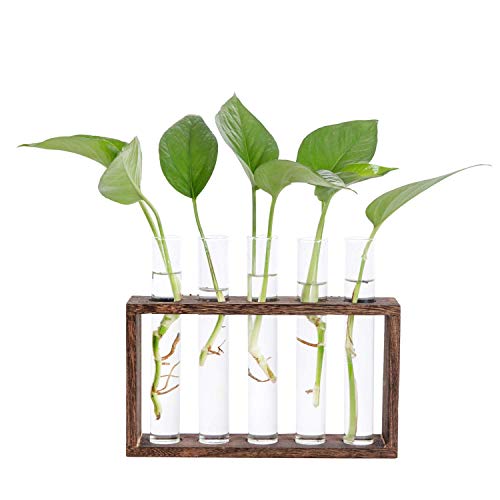10 plants to propagate in July – save your money and fill your garden for free with these cuttings
Who said a beautiful garden had to be expensive?
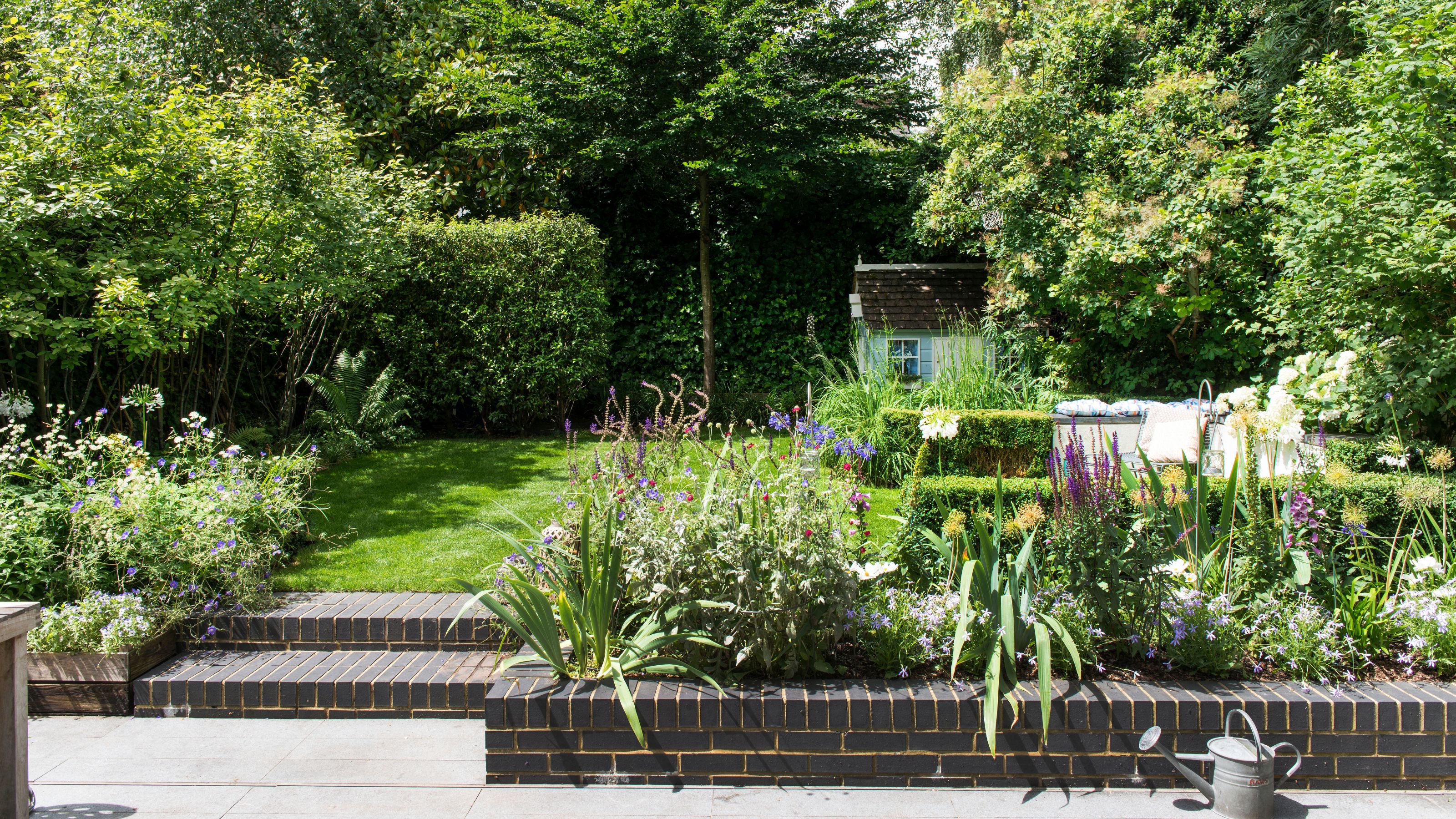

Knowing what to propagate in July will set you up for success when attempting to multiply your favourite plants.
One of the most cost-effective ways to grow your garden, propagating lets you create a replica of the plant, unlike seeds, which can be unreliable. July isn't the only time to grow cuttings; lots of the best plants to grow from cuttings can be propagated in spring or autumn, too.
Propagating is one of the best budget garden ideas – it will help you increase the number of plants in your garden for free.
'Starting with cuttings is a simple and rewarding way to grow your plants, even if you’re new to gardening. With a little patience and care, you’ll soon see your plants take root and flourish,' says Julian Palphramand, head of plants at British Garden Centres.
July is a great time of year to take softwood cuttings. Softwood cuttings are, as their name suggests, soft and flexible stems. Quick to root – though delicate – they are some of the easiest plants to propagate in July.
Once you have your cutting, you can either grow it in water (using a propagation station like this from Amazon) or in soil.
'Use water for visible rooting, or well-draining soil for faster transition to pots. Change water regularly to avoid stagnation,' says Jo Lambell, founder of Beards & Daisies. 'Place your cuttings near a bright window with indirect sunlight. Keep temperatures between 18–26°C for the best results.'
Sign up to our newsletter for style inspiration, real homes, project and garden advice and shopping know-how
1. Verbena

Verbena is a cottage garden favourite and easy to propagate in July. Verbena is commonly grown from seed, but can also be propagated.
To do this, select a few healthy non-flowering stems and cut below a leaf joint. Aim for cuttings of between 5 and 8cm. Remove all leaves except for two or three at the top of the stem. Place these stems in a glass of water until the roots begin to appear – this usually takes about 6 weeks. The new plants can then be transferred to a pot of soil to continue their growth before being planted in the garden.
If you don't already have a verbena plant in your garden and don't have a friend you can nab a cutting from, then purchasing a new plant is the best option – even if you still plan to propagate. Verbena Bonariensis, available from Crocus, is a firm favourite.
2. Dahlias
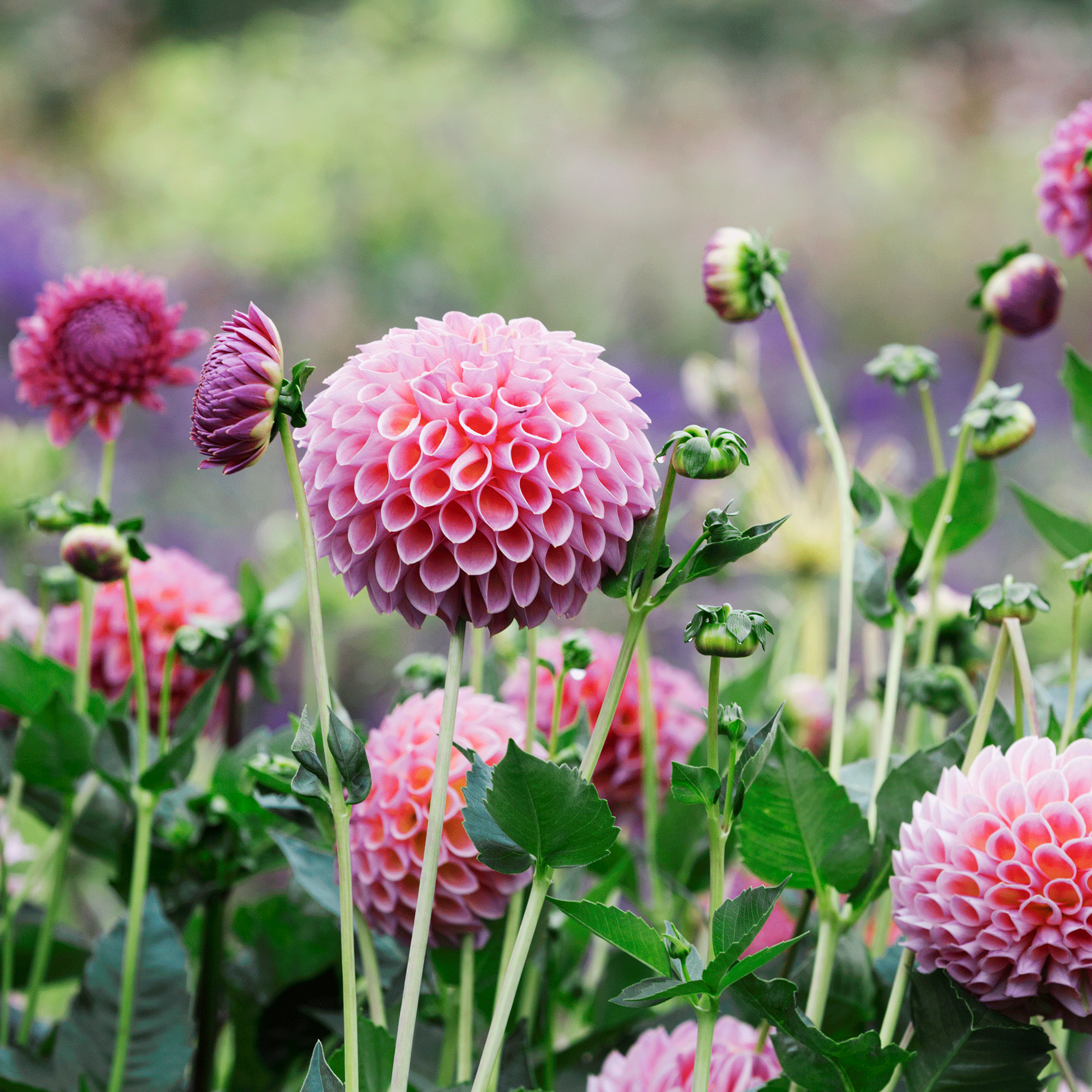
While dahlias are best propagated between February and April, depending on the temperatures, however, you can still give propagating dahlias a go at the start of July. This should still give the tuber enough time to grow and flower before the first frost, usually sometime in November. To speed up the rooting process, you might consider placing the pots in a heated propagator.
'Dahlia cuttings can easily be propagated to produce more flowers. Start by removing all but the top pair of leaves and pinch out the tip. Place each cutting at the edge of a pot mixed with compost and grit, sitting the leaves just above the compost. After watering, place somewhere bright but out of direct sunlight. In about three weeks, carefully pot each cutting individually before planting out. With regular feeding and watering, the plants grown from cuttings will flower later and form tubers,' advises gardening author and dahlia expert Sarah Raven.
Looking for some dahlia plants that are ready to propagate? Gardening Express has a collection of five plants that you could easily transform into a whole dahlia border.
3. Mint
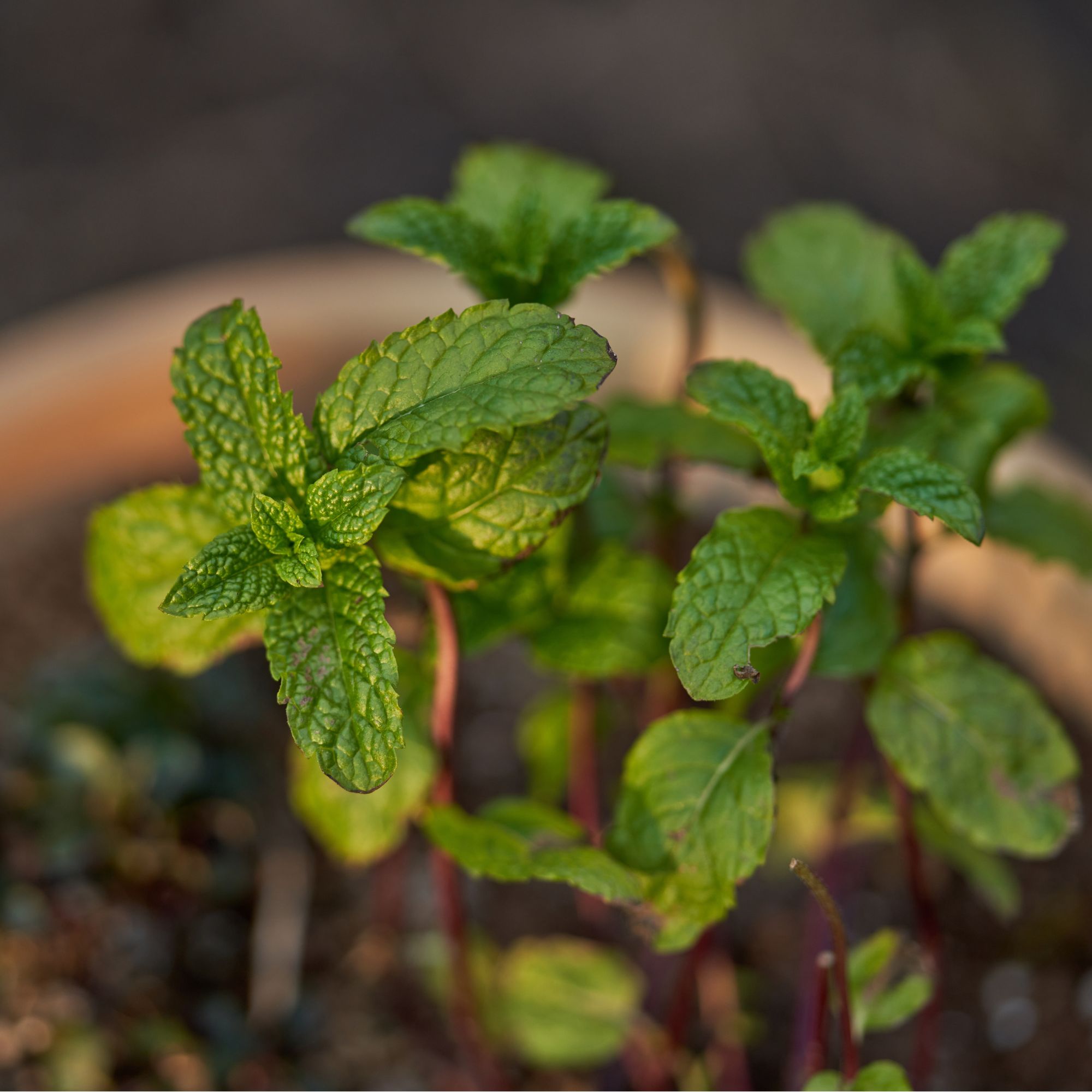
Anyone who has grown mint will know how quickly this plant proliferates. There a several ways to grow mint from cuttings.
One method is via root cuttings, where you expose a section of the root ball, teasing away a section that features roots and a stem, cutting if needed. Ensure you leave as much of the root system intact as possible.
Alternatively, you can take a soft stem cutting. Jo Lambell, founder of Beards & Daisies suggests, 'snip off 4-inch cuttings just below a leaf node, strip off the bottom leaves, and place the cuttings in a glass of water on a sunny windowsill.' Mint, in particular, is quick to root and can be planted in pots or garden beds once established. Bonus: You’ll have a fresh supply for summer cocktails !'
All varieties of mint are able to be propagated in July. Mentha piperita 'After Eight' from Crocus is a perfect starting point.
4. Basil

Like mint, you can also propagate basil in July by taking softwood cuttings. Even basil bought from the supermarket – so long as it's in a pot.
Whether you’re growing basil from shop-bought or are learning how to grow basil indoors from seed, you can propagate it in July. To do this, simply cut a stem below a leaf node and remove all but the top leaves – you can use these for cooking. You can then place the stem in water or plant it in soil and wait for the roots to grow. If growing in soil, be sure to keep the soil moist but not wet.
The next time you're pruning basil, why not save a stem or two and try propagating it?
5. Succulent
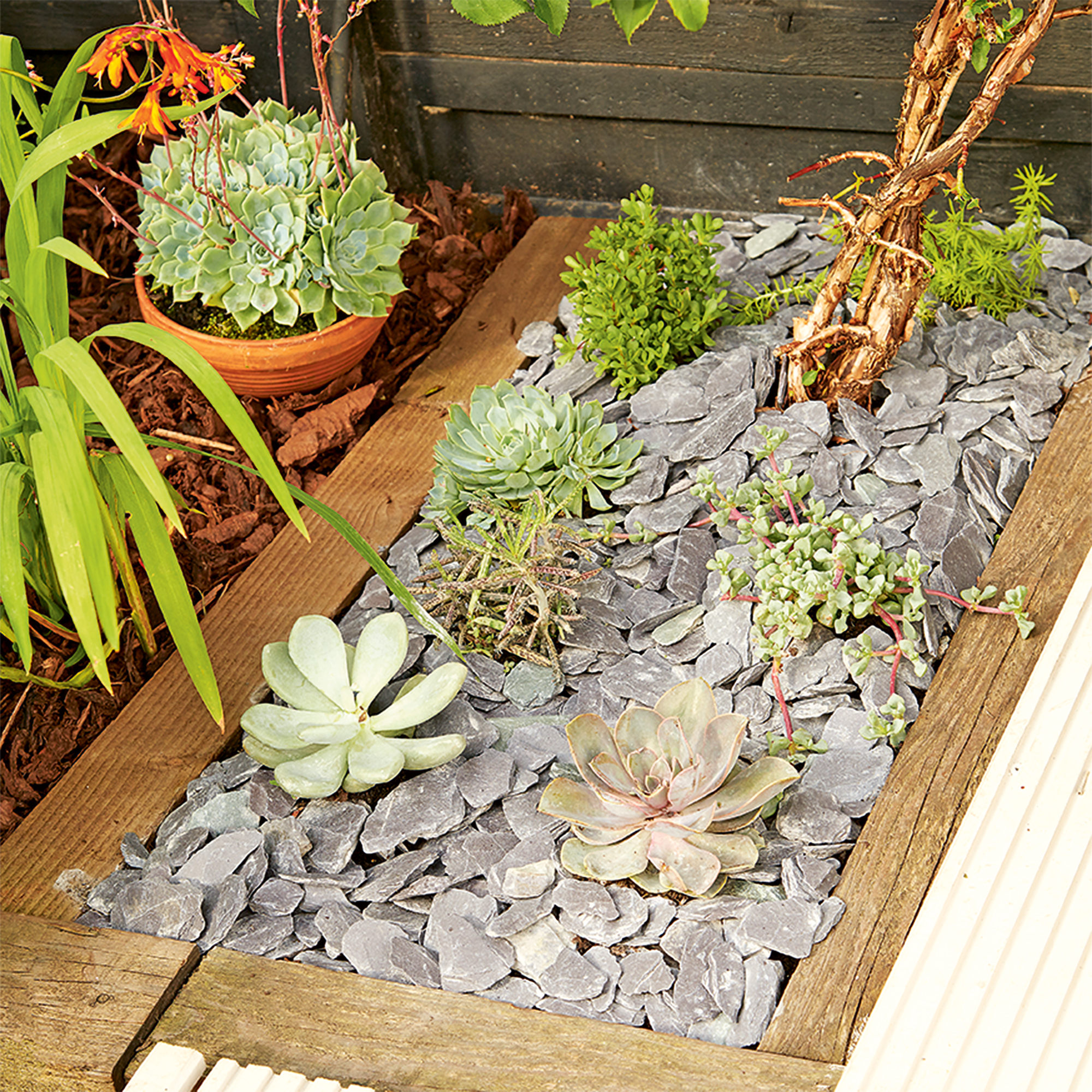
Whether you are looking to grow your succulent garden ideas or want to increase your houseplant ideas, succulents are a great plant to propagate in July.
If you're new to propagating, then propagating succulents is a great place to start.
'Succulents are incredibly well-suited to June/July propagation, especially through leaf or stem cuttings.' It's surprisingly easy, too.
Jo Lambell, founder of Beards & Daisies explains, 'simply take a healthy leaf and let it dry for a day or two. Then lay it on well-draining soil and mist it now and then. Warm, dry air helps it grow roots and small new plants. Succulents need plenty of light—place them on a sunny windowsill or outside in partial sun.'
6. Fuchsias
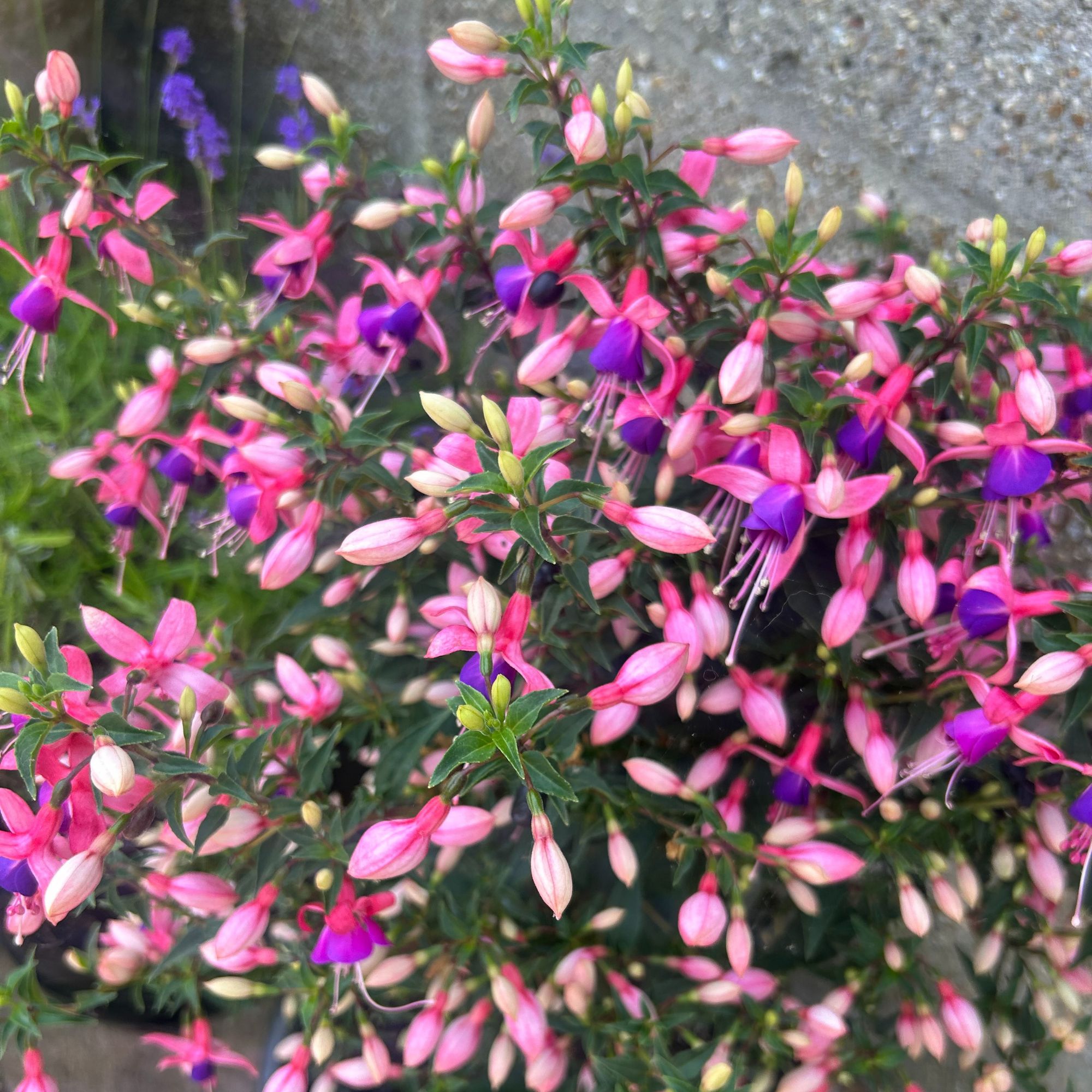
You can never have too many fuchsias in a garden, and propagating them is a brilliant way to increase your collection for free.
'Fuchsias are popular for their pendant blooms and are a staple for summer containers and hanging baskets, coming in both upright and trailing plants. They are very simple to propagate by choosing a healthy shoot, cutting just below a leaf, and planting in a mix of compost and perlite or sand. Place them somewhere warm and sheltered, and in a few weeks, you should see new growth—a sure sign that roots have formed,' says Julian Palphramand, Head of Plants at British Garden Centres.
If propagating fuchsias in July, ensure you know how to take a fuchsia cutting for the greatest chance of success.
8. Rosemary

July is not too late to propagate rosemary. If you are growing your own rosemary, then propagating it is a great way to increase your number of plants – ideal if you use a lot of rosemary in cooking.
‘Rosemary cuttings can be taken at any time of year, but late spring and early summer is when you’ll usually have the most success, as the plant will be in active growth and the warm, sunny weather will help it to flourish,’ explains Daniel Carruthers, director of sales at Cultivar Greenhouses.
Unlike other softwood cuttings, propagating rosemary is best done in soil rather than in water. This is because rosemary is a Mediterranean plant, so it prefers well-draining compost and can rot if left standing in water.
9. Clematis
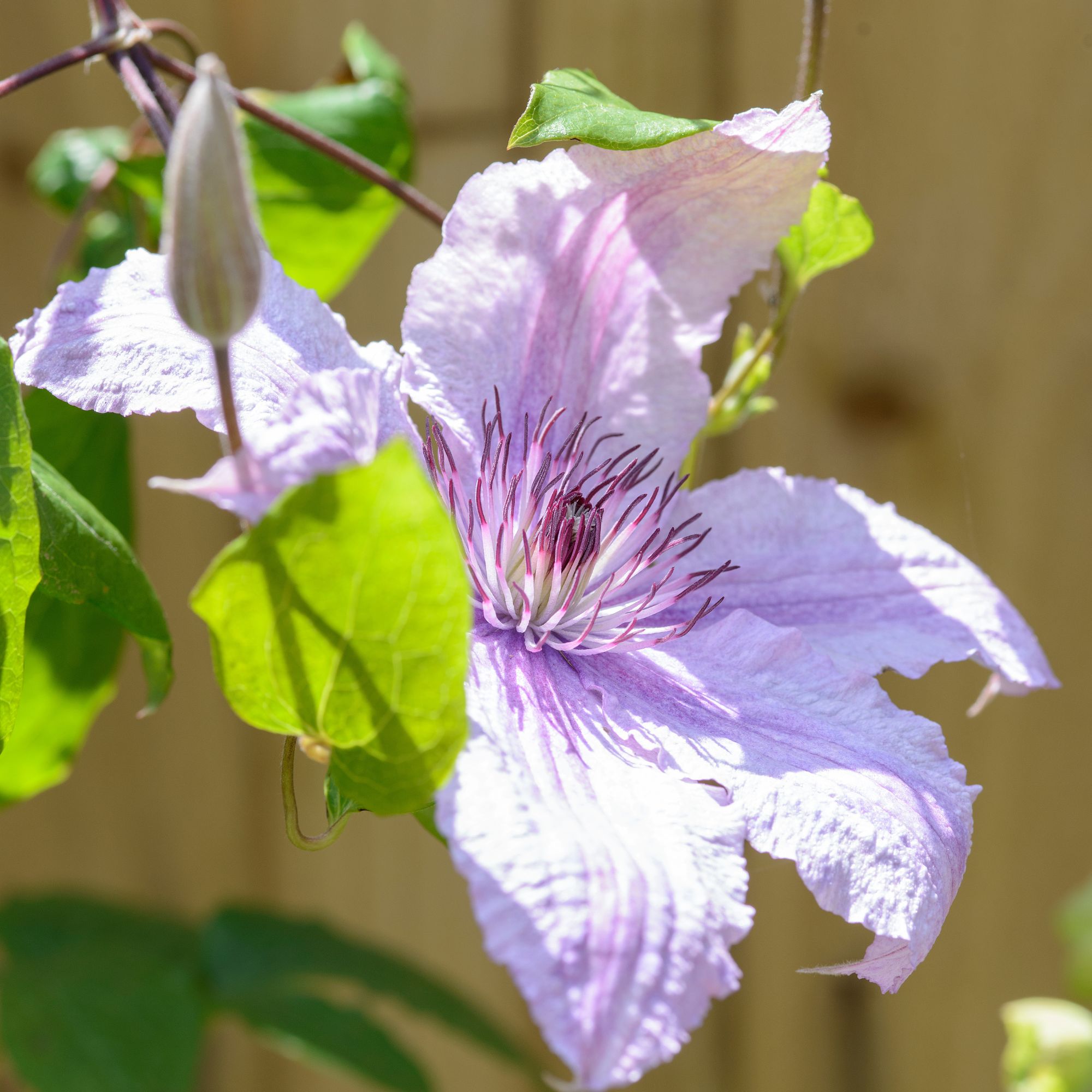
One of the best plants to propagate in July is clematis. Taking action now can reward you with beautiful blooms next year.
'To propagate clematis in July, start by picking a healthy stem that's not too bendy or too stiff, and then snip off a section between leaf joints, removing some of the leaves. Dip the cut end into rooting powder, then plant it into a pot with damp compost, and cover with a plastic bag to keep the air moist. Keep it warm and bright but out of direct sunlight, and in a few weeks, you should have a brand new clematis plant!' advises Julian Palphramand, Head of Plants at British Garden Centres.
Deadheading clematis provides the perfect opportunity to propagate clematis in July.
10. Geranium (Pelargonium)
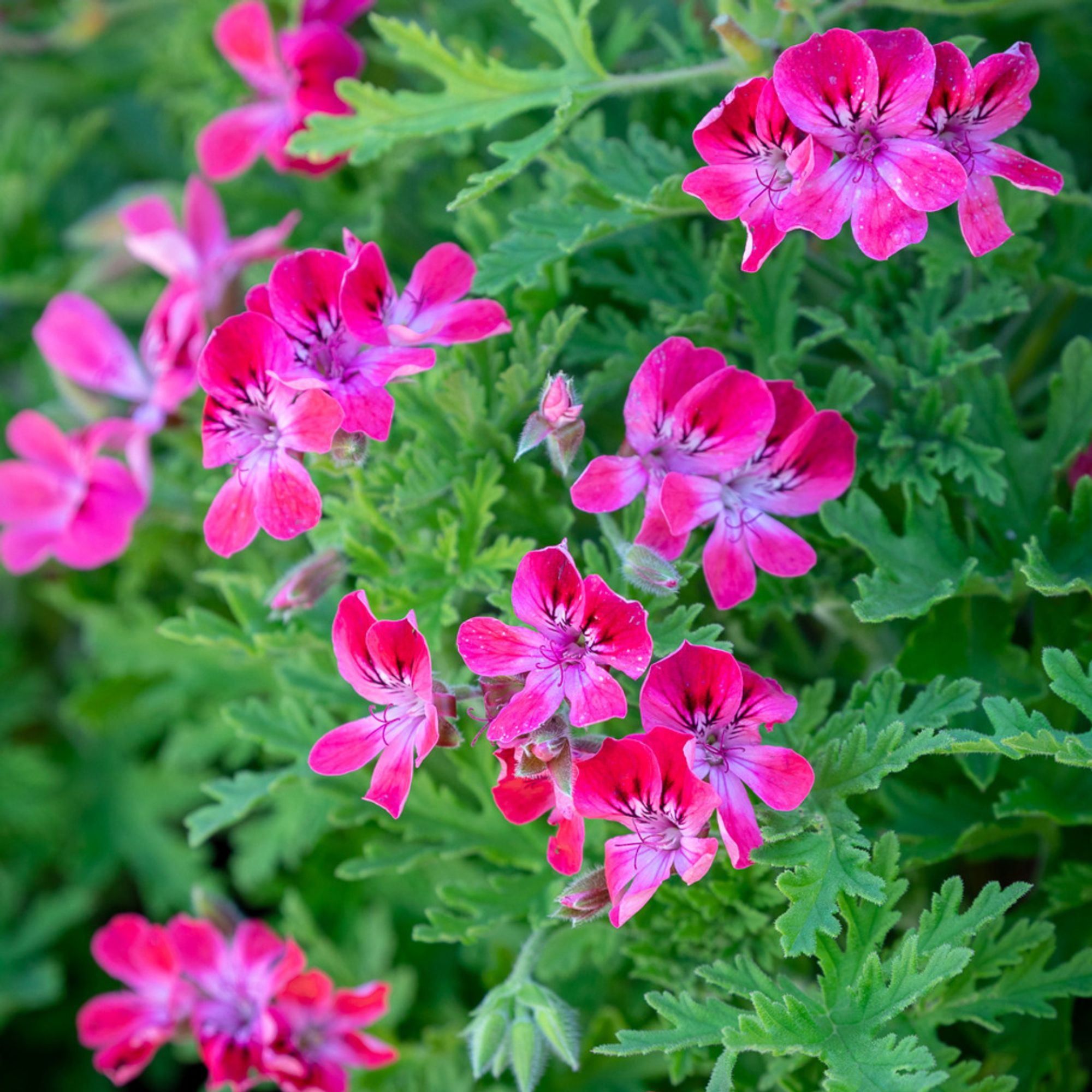
Geraniums are one of the best flowers for raised garden beds, and as anyone who grows plants in raised beds or prefers container gardening knows, more is always better.
July is the perfect time to propagate geraniums. 'Summer-blooming Geraniums are great for warm-weather propagation. They love heat, and their stems root easily in soil during this time of year,' says Jo Lambell, founder of Beards & Daisies.
To do this, first to take geranium cuttings. 'Cut a 4–6 inch softwood cutting, strip off the lower leaves, and let it dry for an hour to reduce moisture loss. Then pop it straight into a pot with well-draining compost. Keep it in bright, indirect sunlight and water sparingly to encourage root development.
You will need
For many cuttings, it is best to propagate them in summer. During summer, specifically July, lots of plants are in their active growing period. This means they are directing their energy into growth, both of roots and new leaves, and filling your garden with plenty more plants for free.

Holly is one of Ideal Home’s content editors. Starting her career in 2018 as a feature writer and sub-editor for Period Living magazine, she has continued this role also adding regular features for Country Homes & Interiors and the Ideal Home website to her roster. Holly has a passion for traditional and country-inspired interiors – especially kitchen design – and is happiest when exploring the countryside and hills of the Lake District. A keen gardener, she is a strong believer that you can never have too many houseplants.
You must confirm your public display name before commenting
Please logout and then login again, you will then be prompted to enter your display name.
